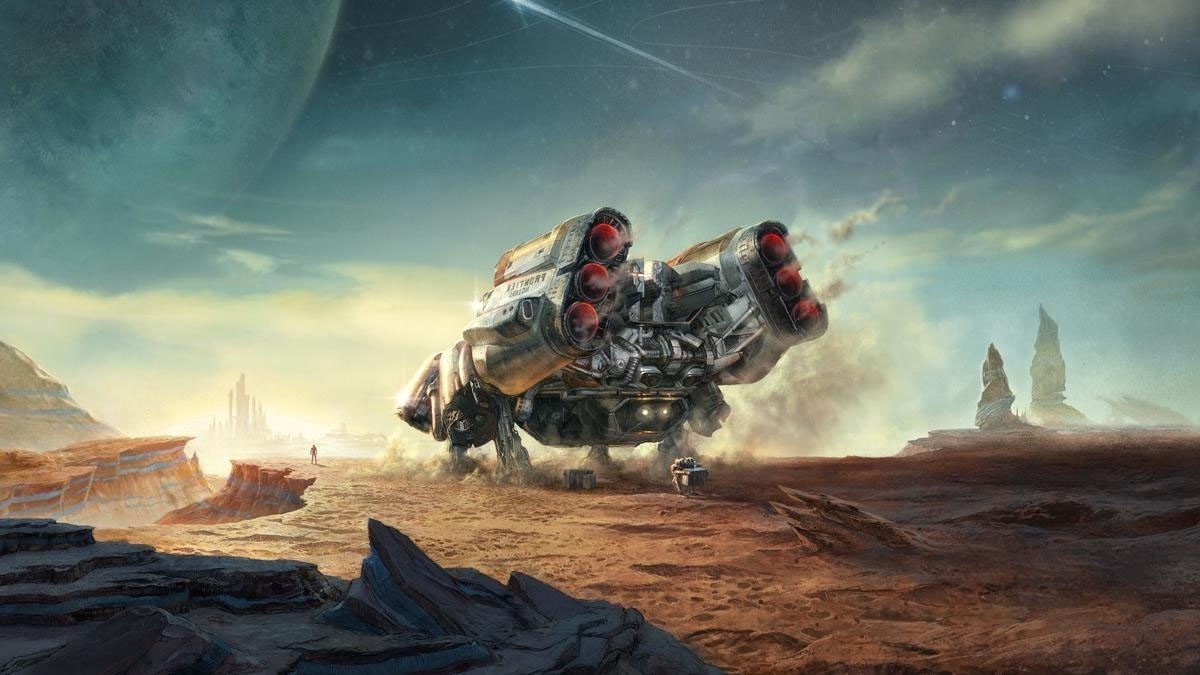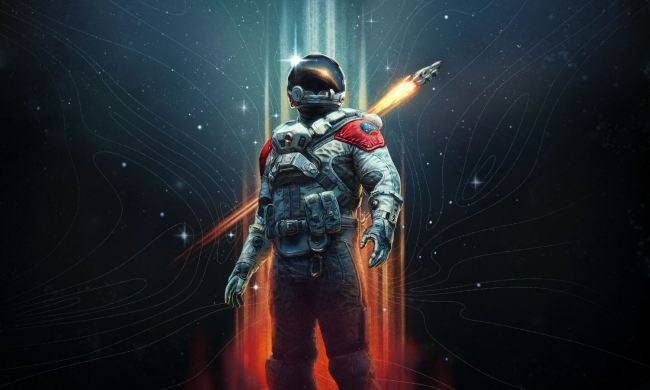
Shortly after Starfield released last summer, my initial discussions with friends and colleagues about its future tended to skew positive. Within six months, we hoped, Starfield’s empty cosmos would no longer be quite so empty thanks to the same thriving modding scene that’s made games like The Elder Scrolls V: Skyrim so timeless.
Regardless of whether or not we were being optimistic at the time, our predictions mostly fell flat.
Yes, a decently-sized modding community rapidly emerged in September and has since continued pushing out new technical features and content replacement mods for the PC version of Starfield. Starfield Nexus has over 6,641 individual mods as of the time of writing this article. But six months have now passed since Starfield’s release with no further mention of the long-awaited Starfield Creation Kit 2, which, minus a few whisperings about closed Creation Kit tests on r/Starfield, still feels lightyears away.

As in past Bethesda titles, the Creation Kit 2 will be a necessary tool for longevity, allowing PC users the ability to generate mods that populate both the Xbox and PC versions of Starfield with brand-new quests, areas, NPCs, items, spaceships, combat encounters, and entire sprawling storylines.
Yet, with so much turbulence surrounding Starfield’s reputation amongst fans — including a few of the most popular modders of past Bethesda games renouncing their support altogether — I’m at least a little bit concerned about whether or not it’ll end up achieving the longevity it was seemingly designed around.
Dwindling player counts
Much of my initial excitement about Starfield was, admittedly, propped up on the assumption that all Bethesda games eventually foster vibrant modding communities. I figured modders would inevitably come in and fix the parts of Starfield I disliked while filling in the rest. I imagine that a reasonable number of people involved with the game’s production also operate around that basic assumption, considering that mods are what make Bethesda games so timeless. But what happens when there simply aren’t enough players or fans interested in keeping a game like Starfield alive?
It was once unthinkable that the most anticipated Bethesda game of all time could, for instance, lose 97% of its total playerbase on Steam within its first six months. That puts it well underneath the concurrent user counts for The Elder Scrolls V: Skyrim, which still stands as the most commercially and critically successful Bethesda RPG ever made, even though it was released almost 13 years ago. That’s partly thanks to Skyrim’s robust mod scene (which has its own Wikipedia page), whose members constantly produce new stuff worth checking out. That includes The Forgotten City, an award-winning game that was born out of a massive Skyrim questline.

Since no official modding tools exist for Starfield yet, it’s extremely plausible that its modding scene will need more time to mature before anyone can say whether or not Starfield is a flop. Plus, player count figures can be misleading when taken out of context. Starfield is a single-player game that only has a set amount of stuff in it, and understandably, its concurrent player counts will ebb and flow over time.
But at the same time, Starfield is facing something of a “chicken-and-egg” problem. By dispersing its base content across the intergalactic Settled Systems and handing players starships to explore it with, it was clearly designed with the expectation that players would inherently want to fill that space with their own ideas. That becomes a moot point if the universe itself is uninspiring and fails to capture enough imagination to fill the void, ultimately collapsing into itself like a black hole rather than lighting the way forward for the game and its fans.

For reference, Skyrim launched with a tighter story, more content, and a bigger world than Fallout 4 — which dabbled with a fully-voiced protagonist and an urgent yet laughably disjointed story that still asked players to build their own settlements by hand in a mostly desolate wasteland. Subsequently, Fallout 4’s quirky personality, long-running lore, and detailed settlement-building system are much more defined than Starfield’s. This all feels like a deliberate creative regression, where Bethesda has gradually moved toward filling its games with emptier spaces for the creative community to fill in the gaps.
That sentiment is already reflected in Starfield’s current discourse, where — especially in light of Bethesda’s lax post-launch support — many already feel it leaves too much room for content and features that don’t yet exist. Meanwhile, providing too little support in filling that space, making its overpowering emptiness and overall lack of identity off-putting to new and returning players.
Starfield’s universe will probably still get filled soon
While Starfield‘s six-month anniversary feels deflating, I’m not entirely convinced that all hope is lost for the space game’s future. After all, it’s only March.
Modding is a fundamental part of modern Bethesda RPGs by design, and the studio consciously makes user-generated content easy to produce by continuing to support the hyper-modular yet controversial Gamebryo engine — which the studio would likely not do if there wasn’t a bigger plan in place. After all, Phil Spencer has previously stated that Starfield is meant to be supported for at least a decade. Even after Bethesda split its core team in half to ramp up support for The Elder Scrolls VI, the 250-person team still working on Starfield’s upcoming expansions, patches, and Creation Kit 2 is nothing to scoff at.

Besides, Starfield’s over 1,000 procedurally-generated planets are still potentially exciting to explore on paper, thanks to its deep skill systems and high-octane first-person shooting. Concerns about Starfield’s weak lore and unimpressive space travel aside, these worlds could still hypothetically provide tons of space for creators to invent their own space-bound adventures, eventually making it the single most mod-friendly Bethesda title in the history of the future.
I think it’s fair to assume Bethesda wanted to fill in some of that empty space with its own expansion packs (like Shattered Space) before giving modders the full gamut of creative tools. And given another six months, who knows? Maybe we’ll all be playing a totally different Starfield that feels exactly as vast and exciting as we hoped it would be during its hype cycle last summer.



